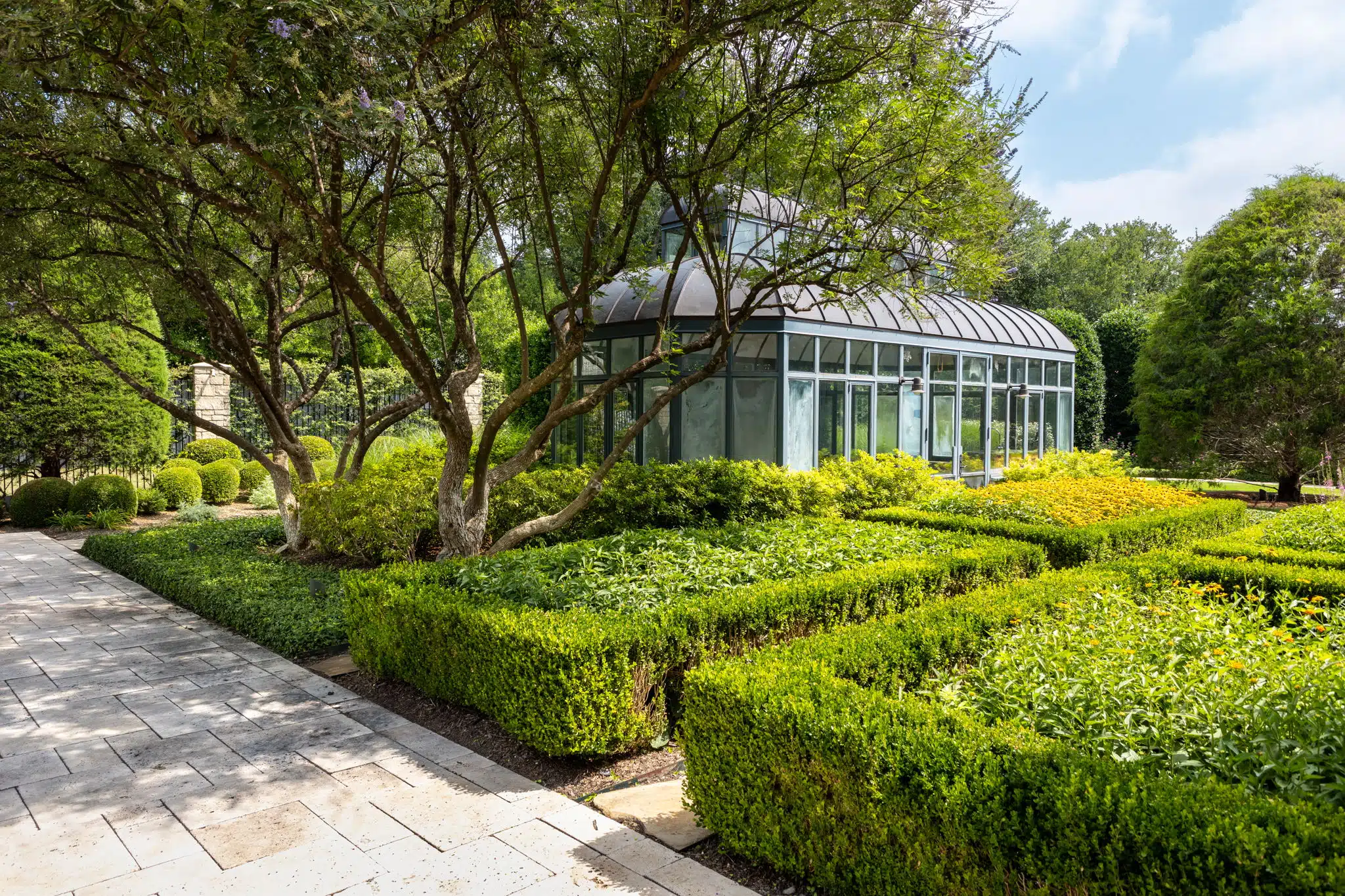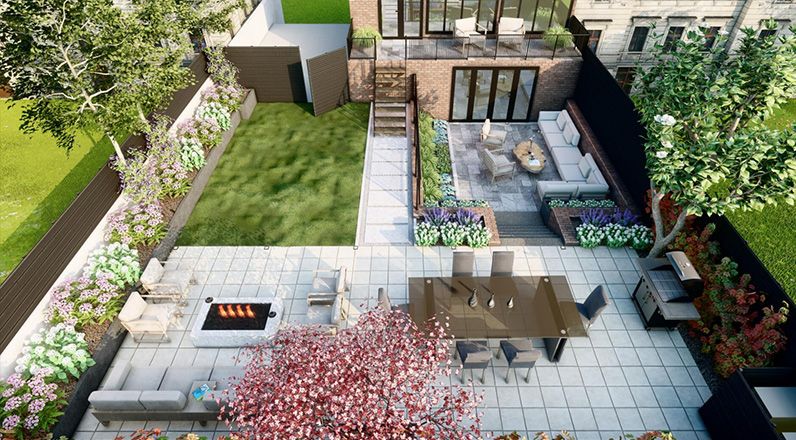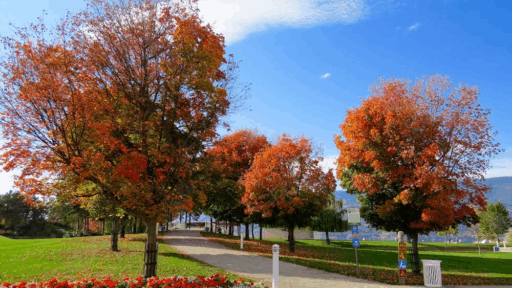When considering home improvements, many homeowners focus on interior renovations, often overlooking the potential of their outdoor spaces. Landscaping can dramatically enhance the aesthetic appeal and functionality of a property, but the question remains: is remodeling a landscape really worth the investment? This article delves into the various aspects of landscape remodeling, weighing the benefits against the costs to help homeowners make informed decisions.
The Aesthetic Appeal of a Well-Designed Landscape
One of the most immediate benefits of remodeling a landscape is the visual enhancement it brings to a property. A well-designed garden, patio, or outdoor living area can transform a mundane yard into a stunning oasis.
Curb appeal is crucial, especially for homeowners looking to sell their property in the future. According to real estate experts, well-landscaped homes can sell for 5% to 15% more than comparable properties without landscaping.
Moreover, a beautiful landscape can create a welcoming environment for family and friends, enhancing outdoor experiences. Whether it’s a serene garden for relaxation or a vibrant space for entertaining, the aesthetic improvements can significantly elevate the quality of life for residents.
In addition to visual appeal, a thoughtfully designed landscape can also incorporate elements that promote sustainability and environmental health. Native plants, for instance, not only require less water and maintenance but also support local wildlife, including pollinators like bees and butterflies. By choosing plants that are well-suited to the local climate, homeowners can create a thriving ecosystem right in their backyards, contributing to biodiversity and reducing the need for chemical fertilizers and pesticides.
Furthermore, the integration of hardscaping features such as pathways, patios, heavy-duty driveway gates, and retaining walls can enhance both the functionality and beauty of outdoor spaces. These elements can help define areas for specific activities, like dining or gardening, while also providing structure and visual interest.
The use of natural stone, decorative pavers, or even recycled materials can add texture and character, making the landscape not only more attractive but also more usable throughout the seasons. Many homeowners begin this transformation by consulting local professionals who offer landscaping services that align with sustainable and aesthetic goals.
Functional Benefits of Landscape Remodeling
Beyond aesthetics, landscape remodeling can also enhance the functionality of outdoor spaces. Thoughtful design can create areas for various activities, such as dining, gardening, or recreation. For instance, adding a deck or patio can provide an ideal setting for outdoor gatherings, while incorporating pathways can guide visitors through a garden, making it more accessible and enjoyable.
Additionally, landscaping can improve the overall usability of a yard by addressing issues such as drainage, erosion, and sunlight exposure. For example, strategically placed trees can provide shade, reducing cooling costs in the summer, while well-designed drainage systems can prevent water pooling and protect the foundation of a home.
Environmental Considerations

Investing in landscape remodeling can also have positive environmental impacts. Sustainable landscaping practices, such as xeriscaping or the use of native plants, can reduce water consumption and promote biodiversity. By choosing plants that are well-suited to the local climate, homeowners can create a thriving ecosystem that supports local wildlife while minimizing maintenance efforts.
Furthermore, landscaping can contribute to energy efficiency. Trees and shrubs strategically placed around a home can act as natural windbreaks and shade providers, helping to lower heating and cooling costs. This not only benefits the homeowner financially but also contributes to a reduction in overall energy consumption, making it a responsible choice for the environment.
Cost vs. Value: Analyzing the Investment
While the benefits of remodeling a landscape are clear, it’s essential to consider the costs involved. Landscaping projects can vary significantly in price, depending on the scope of work, materials used, and the complexity of the design. Homeowners should conduct thorough research and obtain multiple estimates to ensure they are making a sound financial decision.
In more complex projects—especially those that include structural elements like outdoor kitchens, retaining walls, or pergolas—it may be wise to find a good architect who can ensure the design is both functional and cohesive with the home’s overall layout. This type of professional guidance can help avoid costly mistakes and maximize the long-term value of the project.
In many cases, the return on investment (ROI) for landscaping can be substantial. According to the National Association of Realtors, landscaping projects can yield an ROI of up to 100% or more when selling a home. This means that not only do homeowners enjoy the immediate benefits of a beautiful landscape, but they can also recoup their investment when it comes time to sell.
Long-Term Maintenance and Sustainability
Another factor to consider is the long-term maintenance required for a remodeled landscape. While initial investments may be significant, ongoing upkeep can add to the overall cost. Homeowners should think about their ability and willingness to maintain the landscape, including regular tasks such as mowing, pruning, and watering. Choosing low-maintenance plants and materials can help mitigate these costs over time.
Sustainability should also be a priority. Investing in eco-friendly landscaping solutions, such as drip irrigation systems or organic gardening practices, can reduce long-term costs and environmental impact. Homeowners can enjoy the beauty of their outdoor spaces while also being responsible stewards of the environment.
Conclusion: Weighing the Pros and Cons
Remodeling a landscape can be a worthwhile investment for homeowners seeking to enhance their property’s aesthetic appeal, functionality, and environmental impact. The potential for increased property value, improved quality of life, and sustainable practices make landscape remodeling an attractive option. However, it is crucial to weigh the costs against the benefits and consider factors such as maintenance and long-term sustainability.
Ultimately, the decision to remodel a landscape should be based on individual goals, preferences, and financial considerations. By taking the time to plan and execute a thoughtful landscape design, homeowners can create outdoor spaces that not only meet their needs but also provide lasting enjoyment and value.








